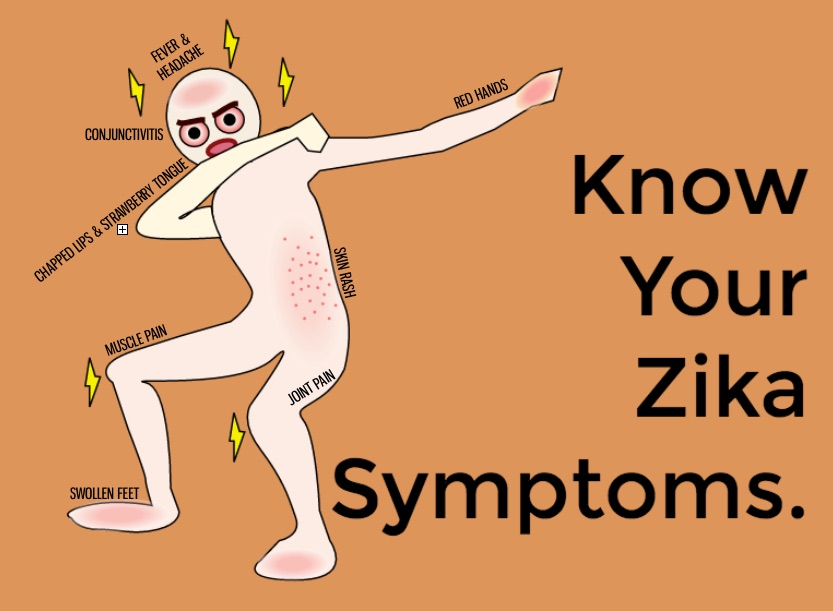With the contentious presidential primaries at their climax, it is unsurprising that many teens may not be aware of another pressing international issue: the Zika virus. On February 5, 2016, the World Health Organization reported the Zika virus to be a Public Health Emergency of International Concern. In other words, the Zika virus should be taken seriously since it has spread internationally. Given seriousness of the virus, here are five things teens need to know about this dangerous disease:
Where did the Zika virus come from?
According to the World Health Organization, the Zika virus was first discovered in 1947 by scientists researching the yellow fever in Uganda. After a test monkey was placed in the Zika forest and developed a fever, scientists were able to isolate a transmissible agent known as the Zika Virus. In 1954, the Zika virus was isolated from the first human in Nigeria. Until 2007, actual cases of the Zika virus remained rare. In 2007, however, the first major epidemic of the Zika virus occurred on Yap Island in the Federated States of Micronesia.
How is it transferred?
According to the Centers for Disease Control and Prevention, the primary way the Zika virus is transferred is through the bites of infected Aedes mosquitoes. The virus can also be transmitted from a pregnant woman to her child, from a man to his sexual partners, and possible blood transfusion. Because the Zika virus has not been extensively, researched, scientists continue to study and discover ways the virus can be transferred.
What does it do?
While most people with the Zika virus remain unaware of their infection, common symptoms of the virus include fever, rash, joint pain, muscle pain, and headache. Scientists from the Pan-American Health Organization have also begun researching the association between Zika and Guillain-Barré Syndrome, which causes a severe weakness in the arms and legs and occasionally affects breathing.
Where was it found?
The reason the Zika virus has resurfaced is because of an outbreak that has occurred in Latin American countries. Starting with Brazil, the Zika virus has affected nearly 22 Latin American and Caribbean countries since 2015. As a result of travel, the United States has more than 190 reported cases of the Zika virus, according to the CDC.
Why should you care?
Aside from the obvious health issues that the disease threatens, the potency and rapid transmission of the Zika virus should also cause alarm. One of the most disquieting features of the Zika virus is its ability to be transmitted sexually. As sexually active teenagers have been forced to deal with potential transmission, the Zika virus could easily have similar effects in the continental United States. Because the modes of transmission and effects of the Zika virus are still being discovered, its potential worldwide is still unknown.
Although the Zika virus is still being researched, the CDC has released guidelines for prevention and safety. In countries with Zika virus advisories, make sure to wear long-sleeved shirts, long pants, and EPA-approved insect repellent. Men who have traveled to these countries also should wear condoms in any sexual activity or practice abstinence.
Artwork by Jamie Wang, 17, Johns Creek High School.




